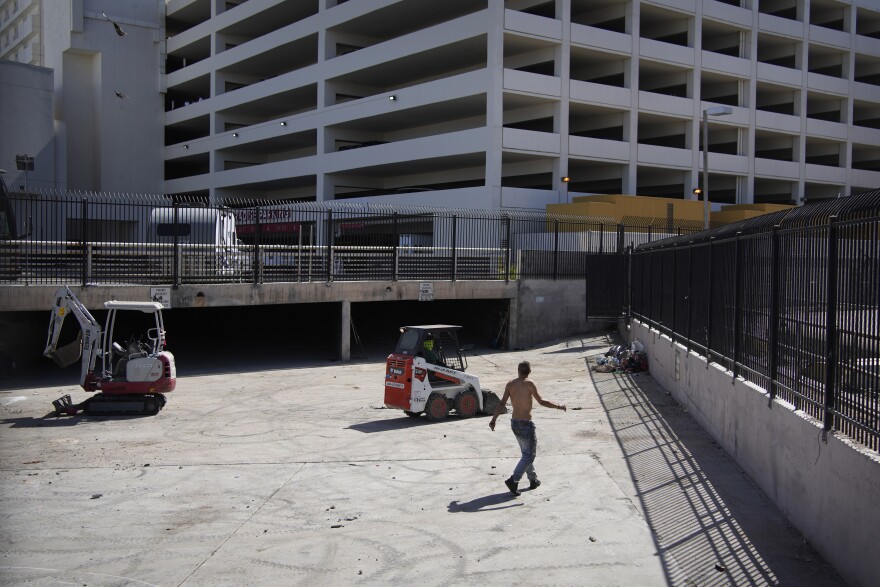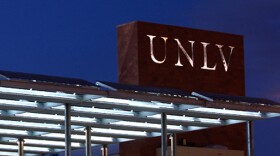Homelessness in Southern Nevada has gone up every year for at least the past decade. Last year’s Point-in-Time count — a census of those living on the street — revealed it to be at a 14-year-high: more than 7,900 people.
As the region’s unhoused population grows, so do options for local services, but also the potential for controversy.
Tension bubbled to the surface on May 20th, when Clark County officials, Metro officers, and aid workers from HELP of Southern Nevada began a $15 million effort to clear out and secure a wash close to the Flamingo library.
It was one of the many tunnel sites where unhoused people had set up encampments.
Louis Lacey, the director of homeless response teams for HELP of Southern Nevada, was present during the sweep. Of the more than 60 people cleared from the wash, he said two people accepted services immediately and are now in stable housing.
“Generally, in dealing with individuals that are unhoused and some of them that may have been unhoused for longer periods of time,” he noted, “it takes multiple times of engagement to get them to go ahead and accept services.”
That’s already happened with other members of the Flamingo wash encampment, Lacey said, as a few more people have since accepted services.
But, critics of the county’s plan have been vocal, including residents of the nearby neighborhoods, who say the wash’s inhabitants have now been driven into their neighborhoods — making them feel unsafe and causing property damage.
Tick Segerblom, chairman of the Clark County Commission, recognizes the frustration, but said Metro only has so much bandwidth to respond to non-emergency calls.
“If you just call 911, or 311, a lot of times, you'll get put in the queue,” Segerblom said. “And there's a murder out there, or there's a car wreck or something and Metro just can't respond right then.”
As officials work through a backlog of complaints, he urges residents to be persistent.
Guests: Louis Lacey, director of homeless response teams, HELP of Southern Nevada; Michael Lyle, reporter, Nevada Current; Tick Segerblom, chairman, Clark County Commission









